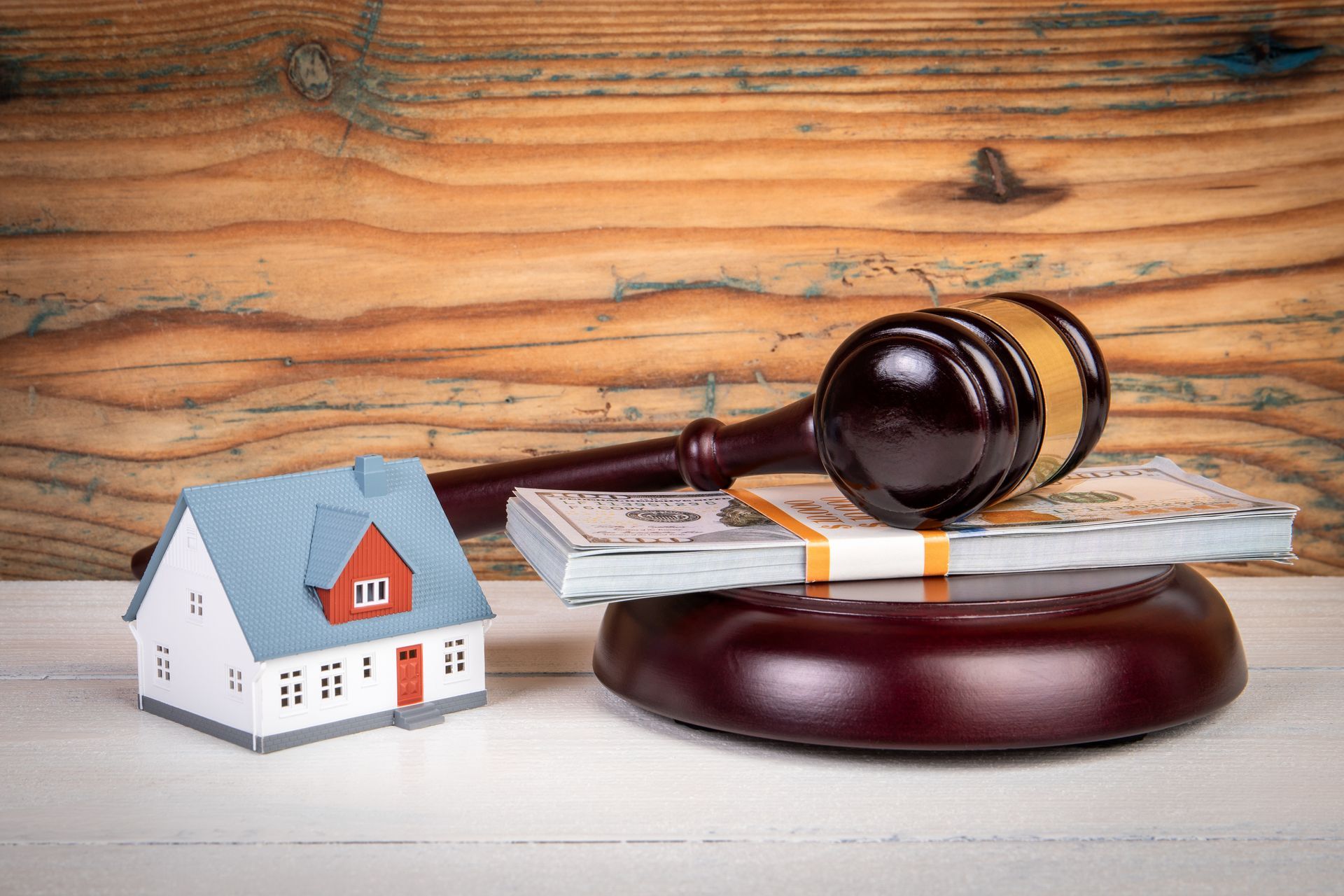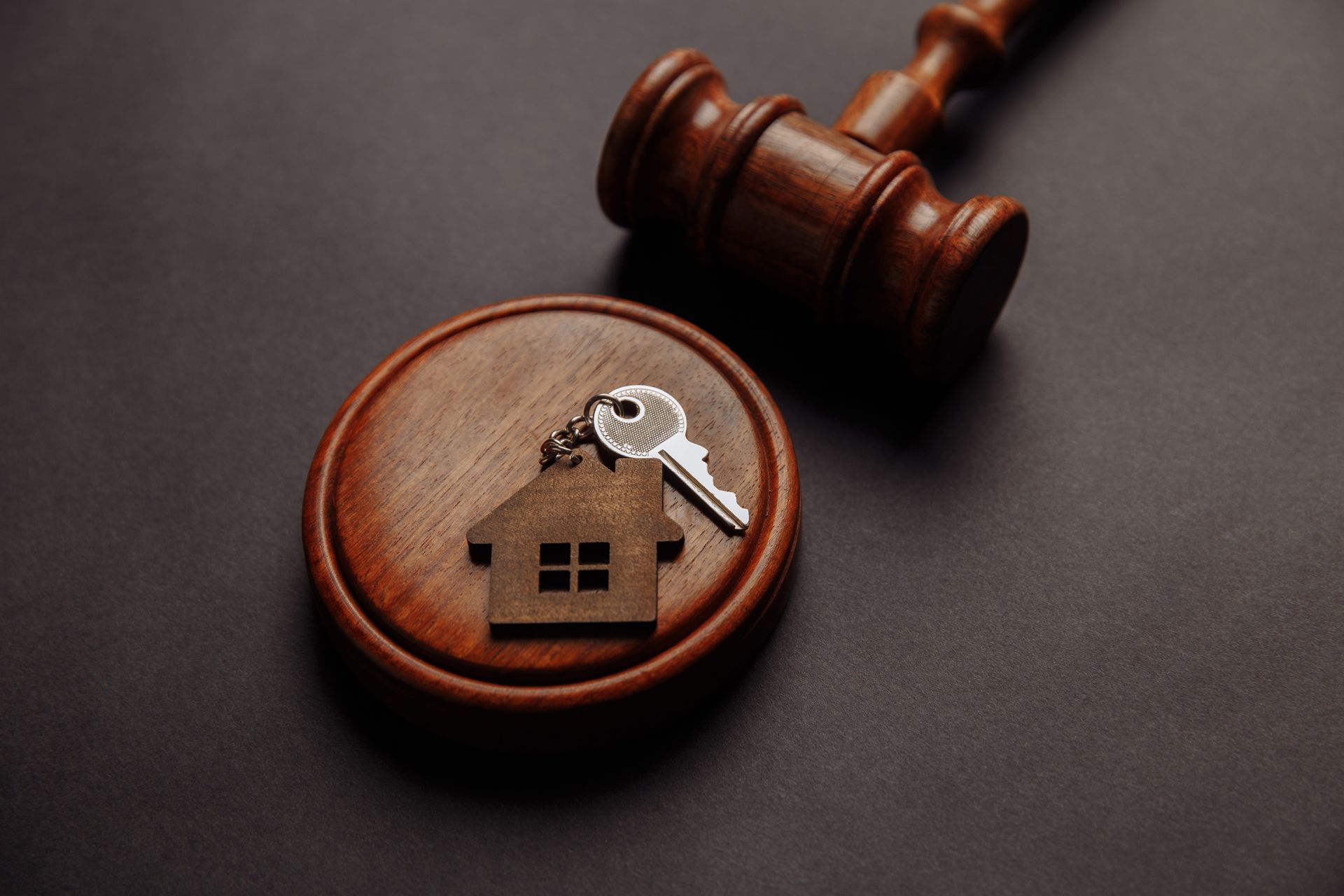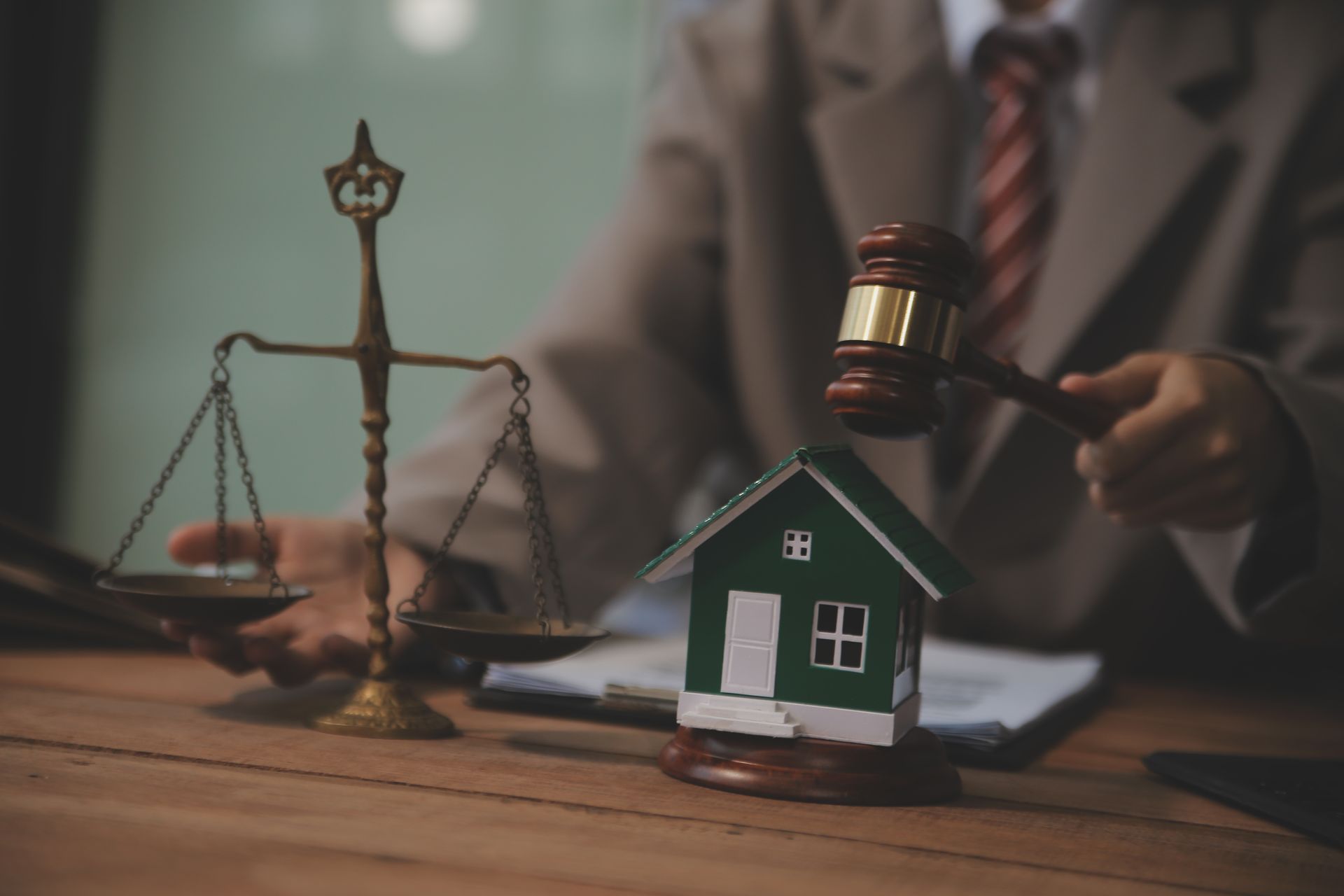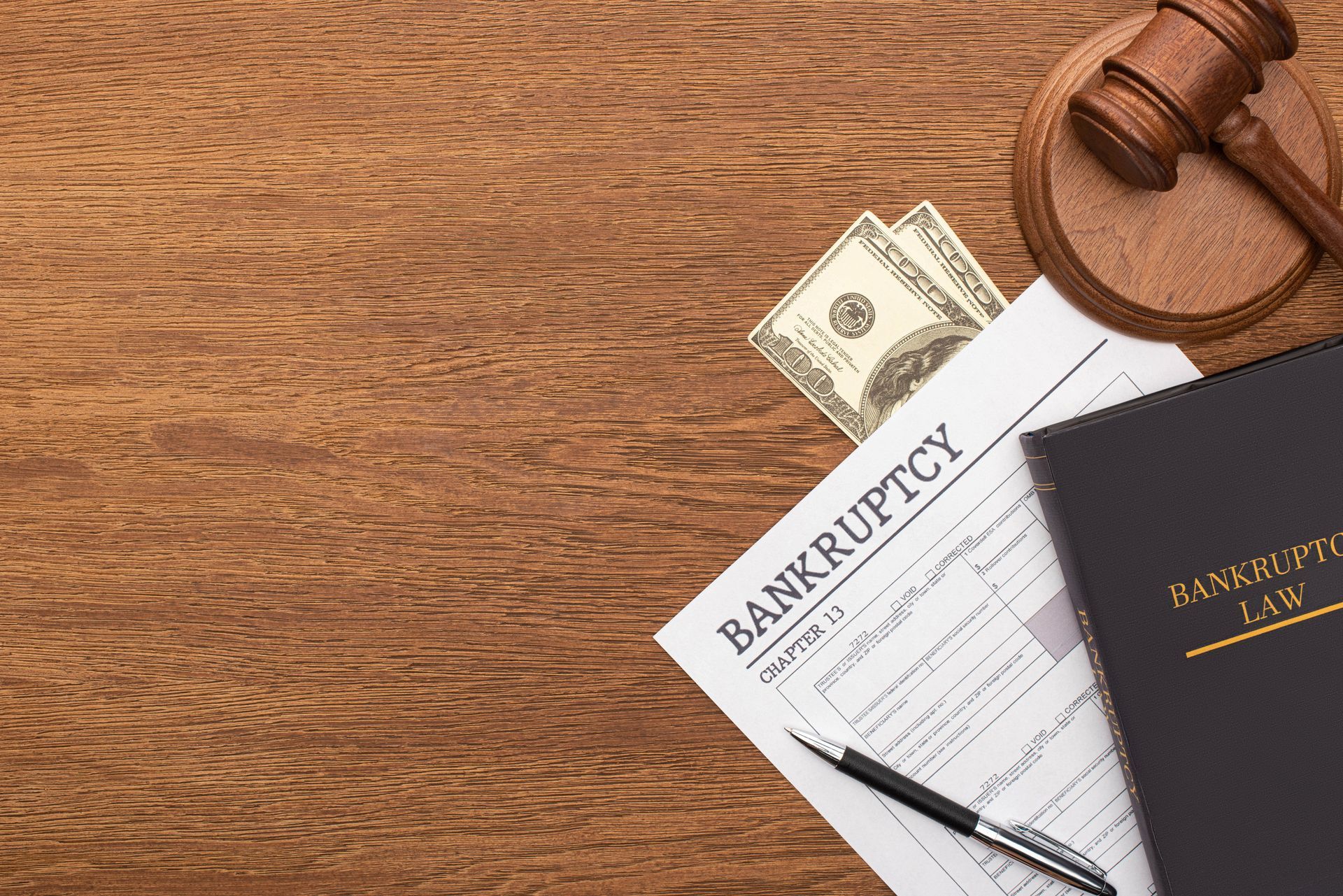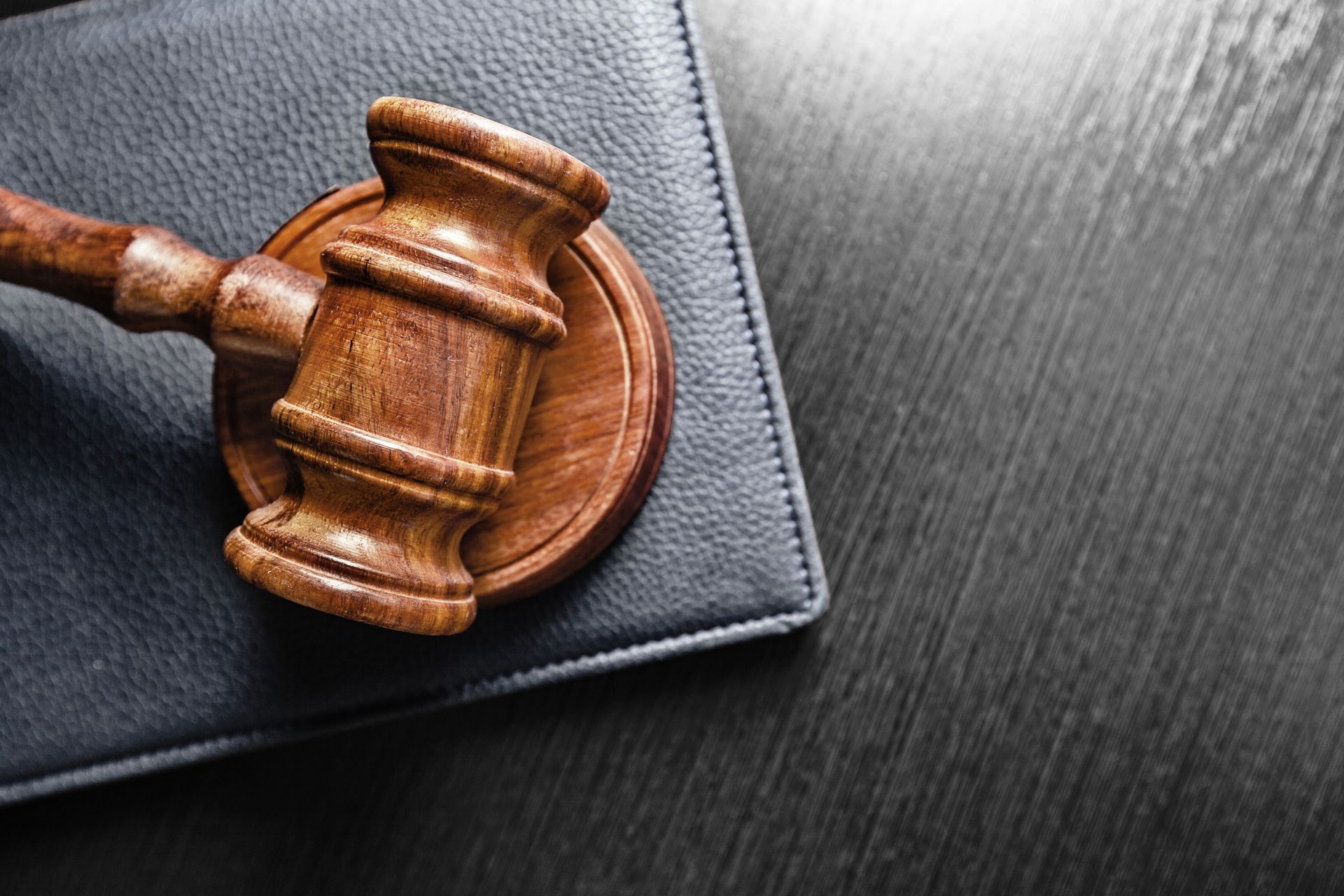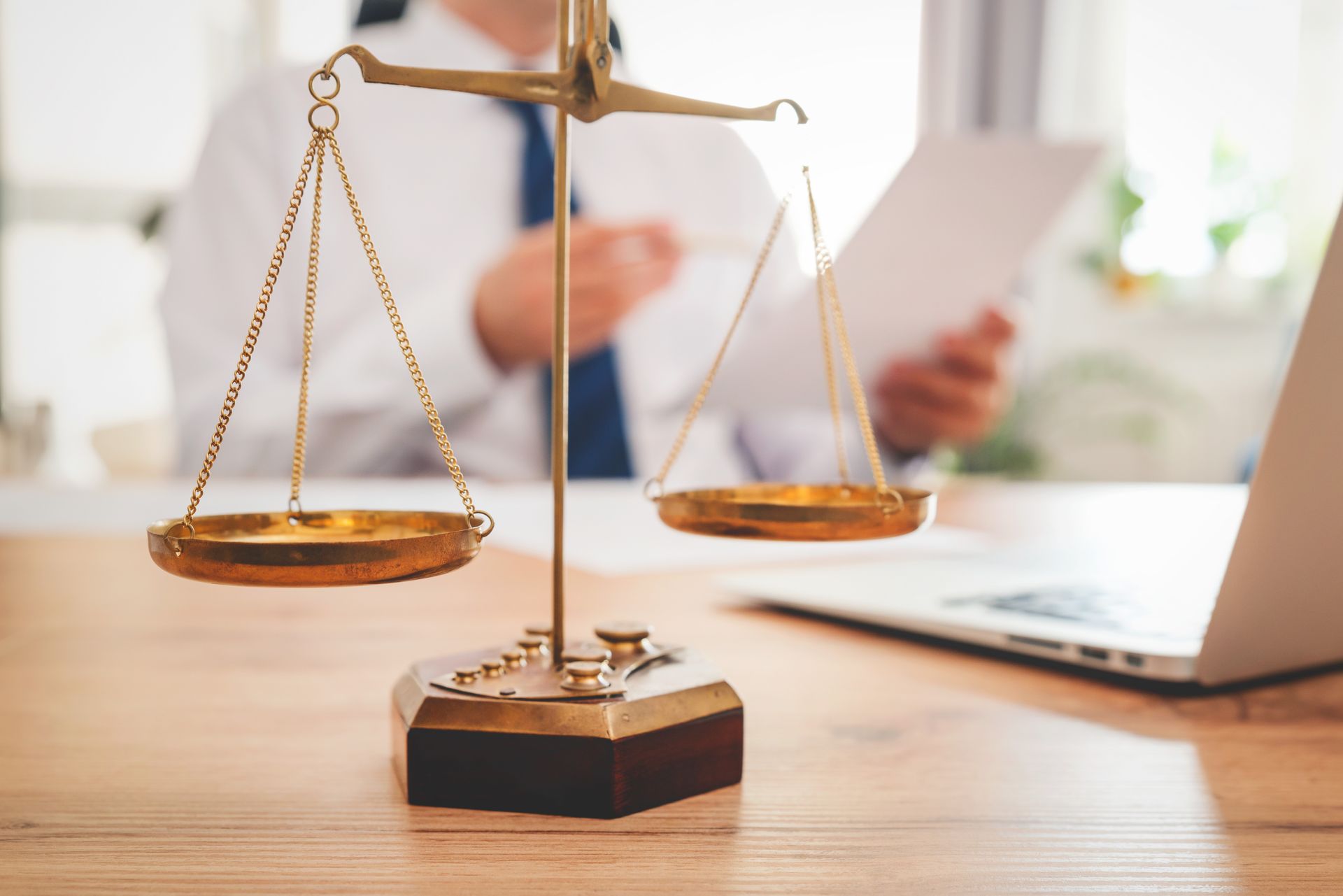Life After Bankruptcy in Mississippi: How to Rebuild Your Credit and Your Future
Life After Bankruptcy in Mississippi: How to Rebuild Your Credit and Your Future
Filing for bankruptcy can feel overwhelming, but it doesn’t mean the end of your financial journey. In fact, for many people in Mississippi, bankruptcy is the first step toward a stronger financial future. Once your debts are discharged, you have the opportunity to rebuild your credit, regain financial independence, and create a more stable life for you and your family.
At Sheehan & Ramsey, we believe life after bankruptcy is about more than just recovery — it’s about making a fresh start with the right tools and guidance.
Step 1: Check Your Credit Report
Thirty days after your bankruptcy is complete, it’s important to check your credit reports with the three major Credit Reporting Agencies (Experian, Equifax, and TransUnion). By law, the debts included in your bankruptcy should be removed from your credit report.
If you notice debts that should have been discharged still appear, you can:
- File a dispute directly with the Credit Reporting Agency.
- Provide a copy of your bankruptcy discharge for proof.
- Work with our attorneys — at no additional cost — to ensure errors are corrected.
If a creditor refuses to update or remove inaccurate information, you may even be able to take legal action under the Fair Credit Reporting Act.
Step 2: Start Rebuilding Credit Responsibly
Many people are surprised to receive credit card offers shortly after bankruptcy. That’s because lenders know you cannot file for Chapter 7 again for eight years, making you a lower risk.
Be cautious — many of these cards come with high interest rates and fees. Instead, consider applying for a secured credit card, which uses your own deposit as collateral. When used responsibly, a secured card can:
- Help rebuild your credit score
- Show future lenders you can handle credit wisely
- Open the door to regular (unsecured) credit cards with better rates
Remember: always pay off balances in full each month to avoid interest and keep your debt-to-income ratio low.
Step 3: Plan for Future Goals
If you hope to purchase a home after bankruptcy, the good news is that it’s possible. Many government-backed loan programs (like FHA, VA, and USDA) allow borrowers to qualify for mortgages after a short waiting period:
- FHA & VA Loans: 2 years after Chapter 7 discharge (or 1 year after filing Chapter 13)
- USDA Loans: 3 years after Chapter 7 discharge (or 1 year after filing Chapter 13)
- Conventional Loans (Fannie Mae/Freddie Mac): 4 years after Chapter 7 discharge
During this time, it’s crucial to:
- Build your savings for a down payment
- Maintain a low debt-to-income ratio
- Keep your credit score climbing by paying bills on time
These steps will not only improve your eligibility but can also help you secure lower interest rates.
Step 4: Embrace Your Fresh Start
Bankruptcy is no longer the “financial death sentence” it once was. With the right steps, you can:
- Rebuild your credit
- Protect your financial future
- Position yourself for major milestones like buying a home or car
At Sheehan & Ramsey, we walk with our clients even after bankruptcy, providing the support and resources they need to succeed.
Start Your Path to Financial Freedom
Your fresh start is waiting. Let us help you make the most of it.
📞 Call Sheehan & Ramsey today at 228-400-7075 to schedule a FREE consultation with a bankruptcy attorney in Ocean Springs, Mississippi. Together, we’ll build a plan for your financial recovery.



